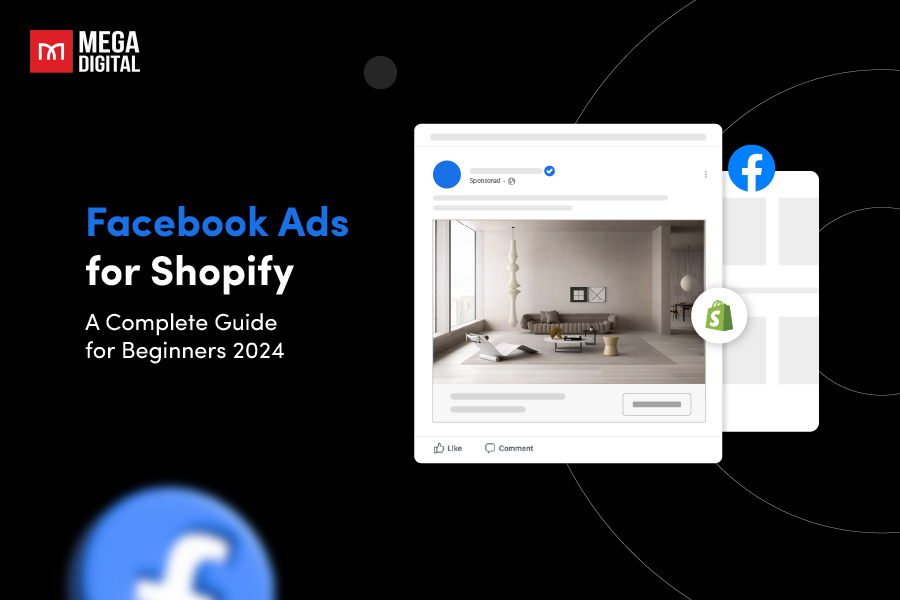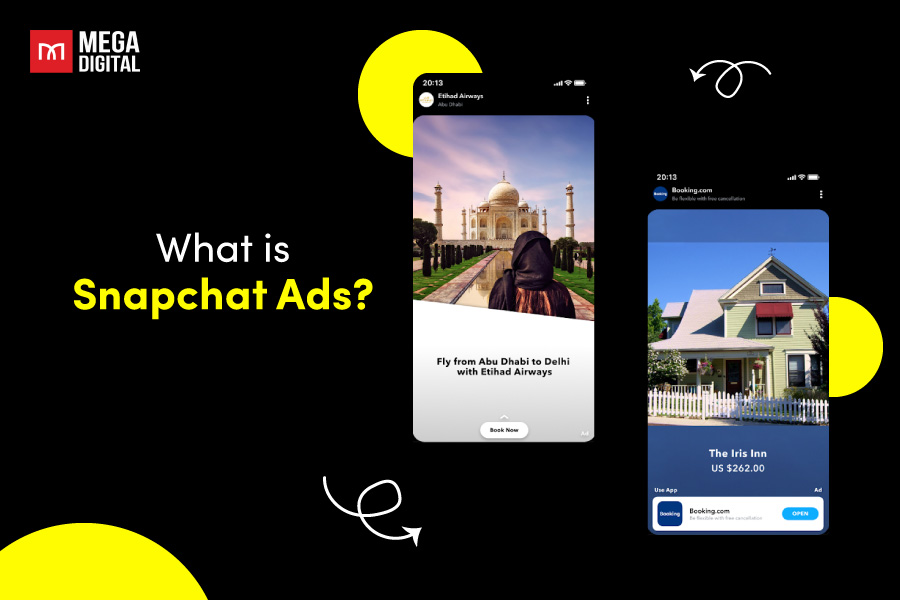Wondering how does TikTok make money? The platform has evolved into a multi-billion-dollar business powered by ads, in-app purchases, subscriptions, and eCommerce.
In this guide, we’ll walk you through the different ways TikTok makes money today, including:
- Ads like In-Feed, Spark Ads, and Branded Effects
- In-app purchases using TikTok Coins and virtual gifts
- TikTok Shop and affiliate commissions
- Subscriptions through TikTok LIVE and Series
- How AI helps boost revenue through personalization
How Does TikTok Make Money?
Since TikTok is still in its early stages, it hasn’t disclosed much information about its monetization system. However, TikTok does make money through there main sources of revenue: advertising, in-app purchases, eCommerce offerings, Subscriptions & TikTok Series, and AI-Powered monetization.
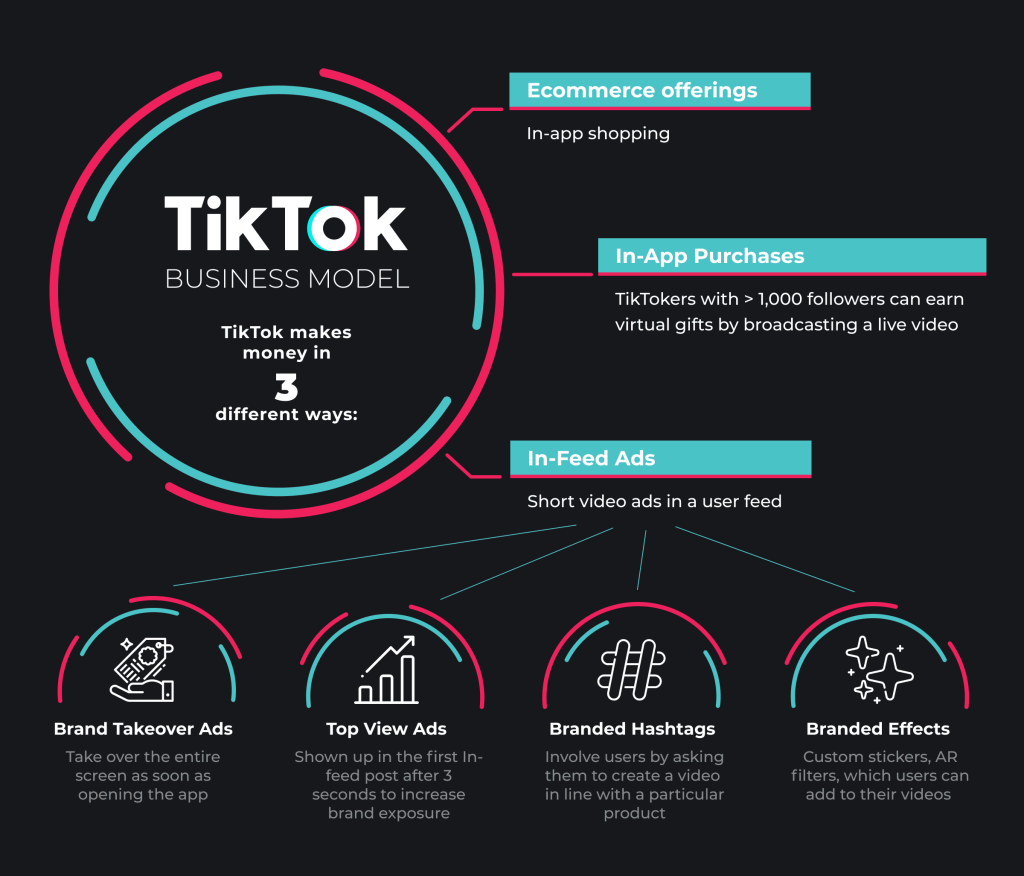
TikTok Advertising
TikTok Ads account for the majority of TikTok’s revenue over the year. It offers a variety of ad types, such as:
In-Feed Ads: Ads That Look Like TikToks
You’ve definitely seen these. In-Feed Ads pop up as you scroll, looking almost identical to organic content. They autoplay, you can like, share, comment, and they usually include a clear call-to-action like “Shop now” or “Install.”
So, what is the secret to success? Make it feel like something people want to watch, not skip.
Brand Takeover: Instant Visibility
Brand Takeover Ads appear the moment you open the app. They’re full-screen, high-impact, and designed to grab attention fast. Whether it’s a static image or a short video, this format is all about brand awareness, and it works.
Top View Ads: Premium Real Estate
Top View Ads are a step up from Brand Takeover. They appear a few seconds after app launch, autoplay with sound, and can run up to 60 seconds. This is TikTok’s most premium ad placement and perfect for storytelling campaigns that need time to land.
Branded Hashtag Challenges: Viral by Design
Remember the #GuacDance or #EyesLipsFace challenge? Those weren’t just trends; they were branded hashtag campaigns.
Brands create a challenge, pair it with music or effects, and invite users to join in. It’s fun, organic, and drives massive engagement. TikTok helps promote these through featured placements and influencer partnerships.
Branded Effects: Filters That Sell
TikTok also lets brands create their own AR filters and effects. Think of custom stickers, lenses, or interactive tools that users can add to their videos.
These effects usually live in the TikTok Effects panel for about 10 days. During that window, brands get huge visibility while users have fun putting their own spin on it.
Spark Ads: Turning Organic Posts into Paid Powerhouses
This is one of TikTok’s most effective ad formats. Instead of creating a new ad from scratch, Spark Ads allows brands to promote existing content, either from their own page or from creators (with permission).
It’s like boosting a real video that’s already doing well. The engagement stays visible (likes, comments, shares), so it feels authentic because it is.
By leveraging TikTok Ads, TikTok charges for advertising from businesses and brands that use its platform to promote their products or services. TikTok gives brands flexibility in how they pay for ads, depending on the goal:
- CPM (cost per 1,000 impressions): great for visibility
- CPC (cost per click): good for traffic
- oCPM or CPA (optimized cost per action): best for performance-focused goals
Behind the scenes, TikTok’s algorithm uses machine learning to deliver ads to the right people at the right time, maximizing both ad performance and revenue. Therefore, it’s a win-win: users stay entertained, advertisers reach their audience, and TikTok keeps the revenue flowing.
>>> Read more: How to Make Money on TikTok: Top 9 Proven Strategies [2025]
TikTok In-App Purchase
Advertising might be the biggest piece of TikTok’s revenue pie, but it’s not the only one. TikTok also makes money directly from users through in-app purchases, mainly in the form of TikTok Coins.
If you’ve ever watched a TikTok LIVE and seen someone send a “Rose” or a “Galaxy,” that’s exactly how it works.
Once you have coins, you can use them to purchase virtual gifts and send to creators during their live streams as a way to support them. It’s not just a fun interaction; it’s a full-fledged micro-economy. Here’s how:
- A user buys 100 coins for around $0.99.
- They send a gift during a live stream (each gift has a coin value).
- The creator receives that gift and can convert it back into real money.
But TikTok doesn’t let that transaction pass through untouched.
When a creator cashes out their gifts, TikTok takes up to 50% of the value. So if a creator earns $100 worth of gifts, they might only see $50 in their payout. The rest? That goes to TikTok.
It might sound steep, but it’s a standard model for platforms that offer fan-based tipping. TikTok provides the audience and the tools; creators bring the content.
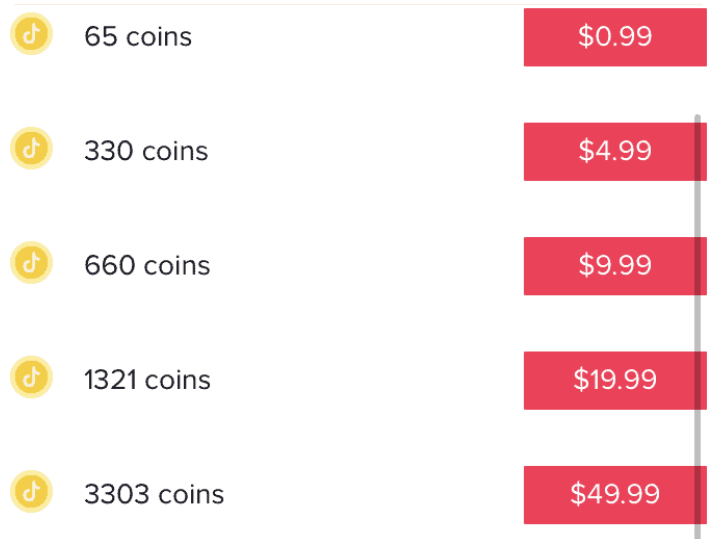
As of 2025, creators must meet a few requirements to start earning from in-app purchases:
- Be over 18 years old
- Have at least 1,000 followers
- Go live regularly (gifting happens during live streams)
- Follow TikTok’s community and monetization guidelines
This model has helped fuel the rise of TikTok LIVE content, especially in regions like Southeast Asia and the Middle East, where fan gifting is booming.
eCommerce Offerings
TikTok makes money through its e-commerce offerings by allowing businesses to sell products directly within the app through features like TikTok Shop and shoppable ads. These tools enable brands to create a seamless shopping experience for users, where they can browse and purchase items without leaving the platform. TikTok earns revenue by taking a commission from each sale made through its e-commerce features.
Here, I want to talk more about TikTok Shop. According to TikTok, when TikTok Shop was first launched, the feature was primarily intended to assist small enterprises that had not yet established brick-and-mortar stores due to hefty investment expenses. However, the increasing popularity of TikTok and TikTok Shop excites small businesses and big brands to join the game.
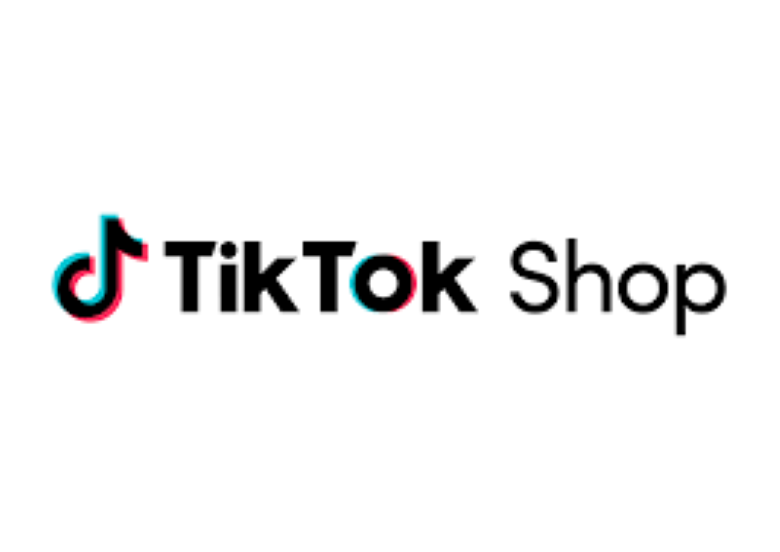
TikTok Shop allows brands to sell in two ways:
- Directly promote and sell their products: through live streaming or short videos with product links integrated within the posts. When a customer clicks on the product, they are directed to the product detail page. Brands will be responsible for generating and publishing their own content under this option.
- Through the TikTok Affiliate program: If a brand decides to engage in the affiliate program, they can build promotion programs and encourage TikTok content creators to promote their products for a fee. The service would make it easier for influencers to earn commission on sales that they enable.
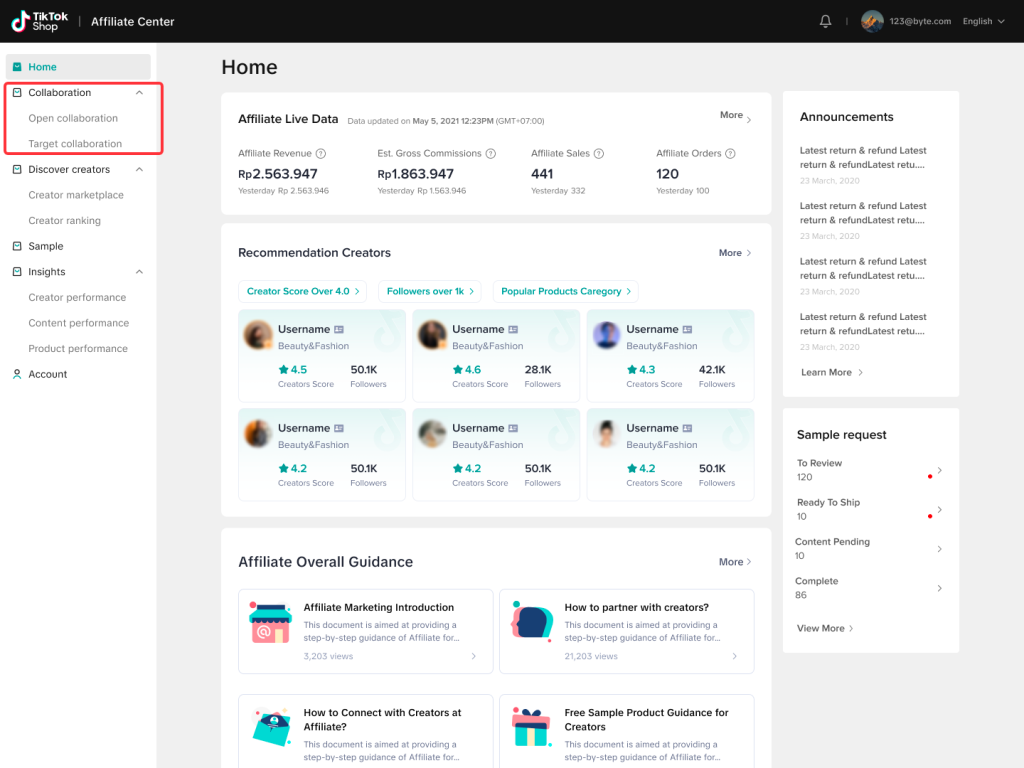
As of 2025, the transaction fee for most regions, including countries like Malaysia, is around 3.78% of the total order value, including shipping. Additionally, TikTok Shop charges a commission fee, which ranges from 2% to 8% based on factors like the seller’s sales volume and product category. These fees contribute significantly to TikTok’s overall revenue from its e-commerce activities.
Subscriptions & TikTok Series
As TikTok matures, it now helps creators earn directly from their audiences. In 2025, TikTok expands its subscription-based features, giving users more ways to support their favorite creators and giving TikTok another revenue stream along the way.
TikTok LIVE Subscriptions
If you’ve spent time on TikTok LIVE, you’ve probably seen the “Subscribe” button next to a creator’s name. This isn’t a tip but a recurring, monthly subscription. Here’s how it works:
- Viewers pay a monthly fee (usually around $4.99) to access exclusive perks.
- In return, subscribers might get things like:
- Custom badges and emotes
- Subscriber-only chat during live streams
- Behind-the-scenes content or shout-outs
It’s a model similar to Twitch or YouTube Memberships. But because TikTok LIVE has such high engagement in regions like Southeast Asia, it’s become a major income source for full-time creators—and a consistent revenue stream for TikTok through its share of the fees.
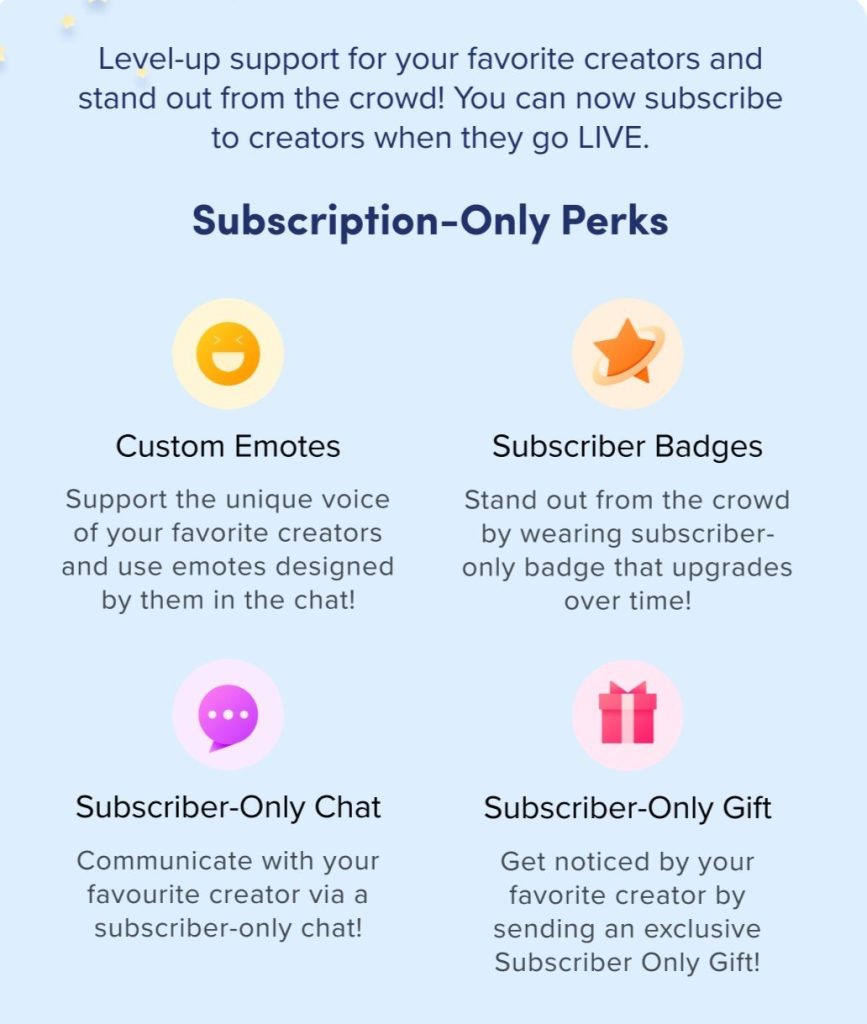
TikTok Series: Paywalling Premium Content
TikTok Series is another major step into subscription-style monetization. With this feature, creators can publish premium video collections behind a paywall.
- A Series can include up to 80 videos, each up to 20 minutes long
- Creators set their own pricing (often between $1 to $30 per series)
- Viewers pay once to unlock the entire collection
Think of it as a digital course, tutorial bundle, or exclusive vlog—sold directly within TikTok. And of course, TikTok takes a percentage cut of every sale.
While these features may not generate as much revenue as advertising or e-commerce, they’re strategically important for TikTok because:
- They keep top creators loyal by giving them more ways to earn
- They encourage deeper fan engagement, turning casual viewers into paying supporters
- They add new monetization layers, especially for creators who aren’t a good fit for ads or shop
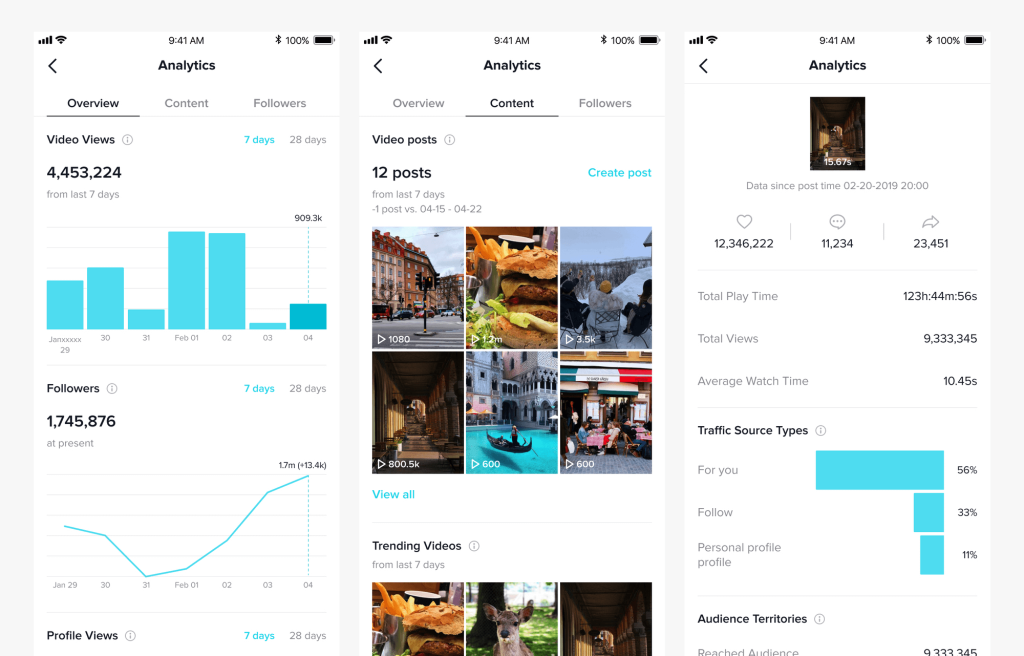
And for TikTok, it’s a win: subscription payments flow through the app store, TikTok gets a cut, and the platform becomes a more attractive place to build a business as a creator.
AI-Powered Monetization
TikTok’s secret weapon isn’t just its viral videos or creative filters; it’s the algorithm. AI now plays a central role in how TikTok makes money, powering everything from ad targeting to product discovery. The more time users spend on TikTok, the more the algorithm learns and the more TikTok can monetize that behavior.
Smarter Ad Targeting
TikTok’s ad platform runs on a massive volume of behavioral data: what users watch, how long they stay, what they skip, and what they interact with. That data feeds into machine learning models that do one thing really well: deliver the right ad to the right user at the right moment.
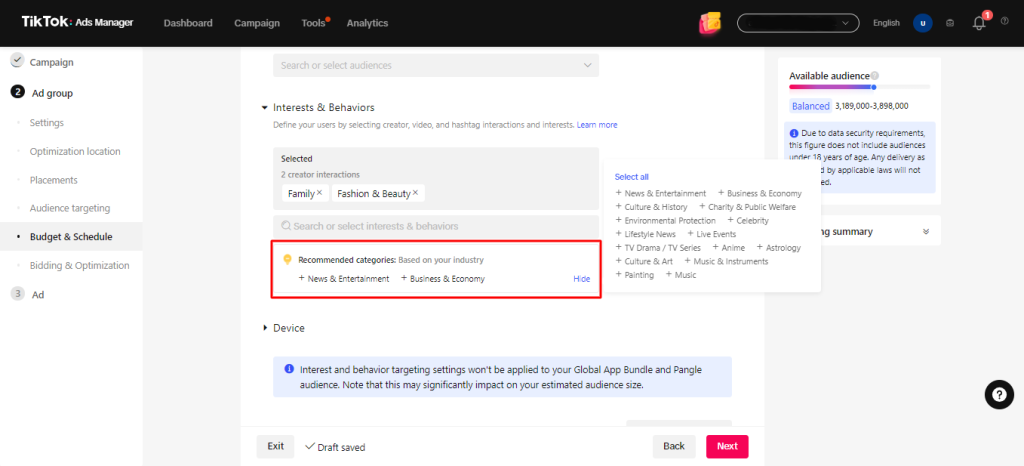
For advertisers, that means higher performance. For TikTok, that means brands are willing to spend more per impression or action. AI can help you with:
- Predicting which creative will perform best
- Optimizing bidding strategies in real-time
- Automatically adjusting campaign settings for better ROI
In short, AI makes TikTok Ads feel less like guesswork and more like a guaranteed outcome.
Personalized Product Recommendations
TikTok Shop also benefits from AI. Instead of making users search for products, TikTok surfaces items before you even know you want them, based on your behavior, interests, and past purchases.
This isn’t just smart. It’s powerful.
Imagine watching a skincare routine and seeing the exact product pop up mid-scroll, available to buy with one tap. That’s AI in action, and it’s one reason conversion rates on TikTok Shop are so high.
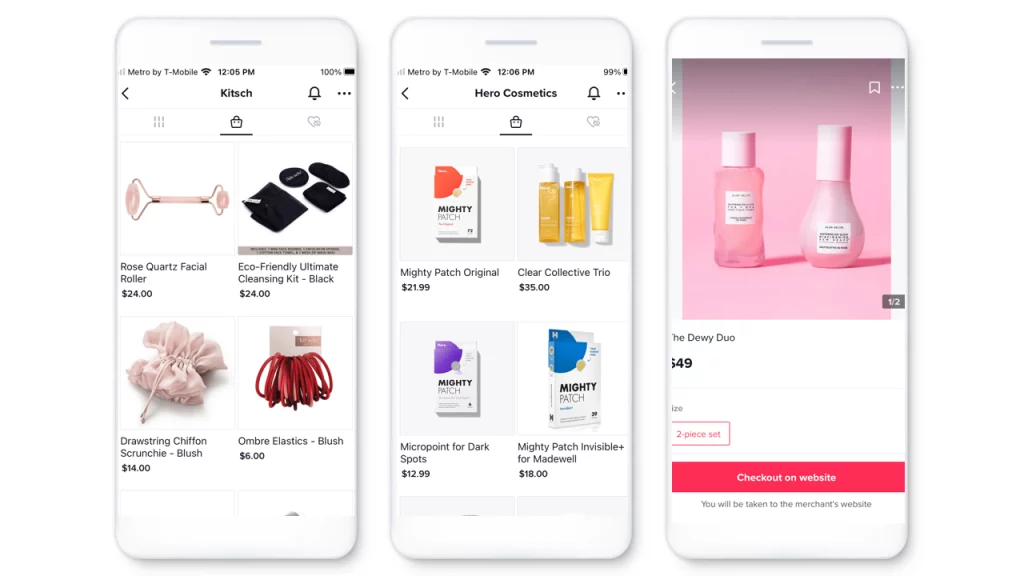
Real-Time Content Optimization
TikTok also uses AI to track how viewers interact with content and adjust recommendations in real time. That includes:
- Promoting high-performing content to a wider audience
- Testing different thumbnails and captions
- Prioritizing videos with high watch-through or engagement rates
For creators and advertisers alike, this means more reach and more sales, with less manual effort.
TikTok doesn’t just host content; it actively shapes what users see and when. And because monetization (ads, shop, subscriptions) is deeply tied to engagement, AI becomes the invisible layer that connects content to revenue.
In 2025, TikTok’s ability to monetize attention isn’t about showing more ads; it’s about showing the right content at the right time. And that’s all driven by AI.
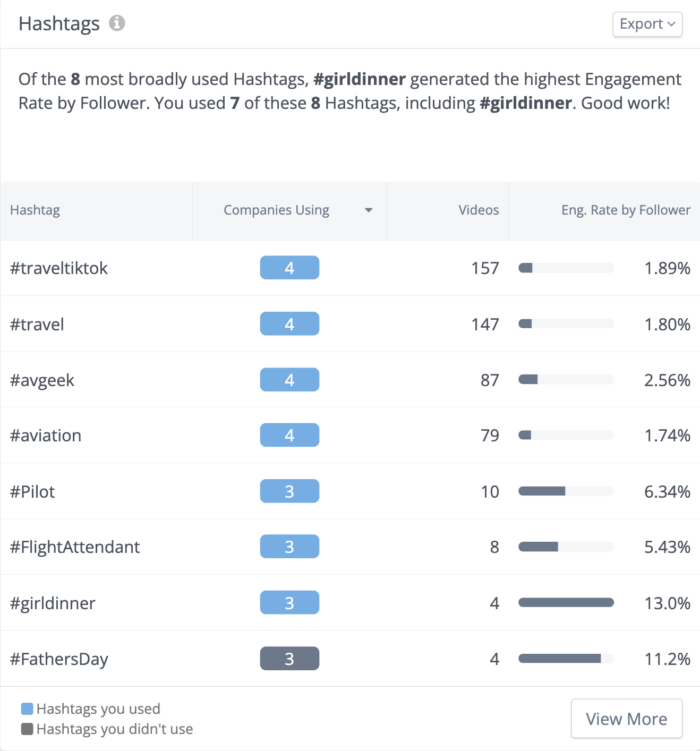
What Cut Into TikTok’s Revenue?
Several factors have affected TikTok’s revenue growth, despite its rapid rise. One key challenge has been increased regulatory scrutiny, especially in countries like the U.S. and India, which either restricted or banned the app due to concerns over data privacy and national security. These geopolitical tensions have reduced TikTok’s ability to fully monetize its global user base.
Additionally, TikTok’s shift toward funding platform discounts and heavy investments in e-commerce to compete with giants like Amazon and Instagram has strained its profitability. These discounts, meant to attract more sellers and users, eat into potential ad revenue and commission earnings.
Lastly, rising operational costs associated with expanding into new markets and maintaining a global infrastructure have further squeezed the platform’s profits.
FAQs about How Does TikTok Make Money?
Now, are you still curious about how TikTok turns free scrolling into billions in revenue? Here are some of the most common questions people ask—answered simply.
TikTok offers several ways for creators to earn money, including:
– TikTok Creator Rewards Program (previously Creator Fund)
– LIVE gifting and subscriptions
– TikTok Shop affiliate commissions
– TikTok Series (paywalled content)
– Sponsored content or brand deals (off-platform)
To get paid, creators typically need a business or creator account, meet eligibility requirements, and link a payout method.
TikTok earns profit mainly from:
– Advertising (through formats like In-Feed Ads, Spark Ads, Brand Takeovers)
– In-app purchases (users buying coins and gifts)
– E-commerce commissions from TikTok Shop sales
– Subscription fees through LIVE and Series content
It also uses AI to improve ad targeting and conversion, increasing its profitability per user.
It depends on the monetization method. Under the TikTok Creator Rewards Program, payouts vary by location, video engagement, and CPM. But in general:
– Creators can earn $0.02 to $0.04 per 1,000 views
– Sponsored videos or affiliate-linked content can earn significantly more
To start earning through TikTok’s Creator Rewards Program or go LIVE with gifts, you’ll typically need:
At least 10,000 followers
100,000 video views in the last 30 days
Be 18+ and comply with community guidelines
Some monetization tools, like affiliate links or TikTok Shop access, may have different requirements.
>>> Read more: How to Get More Views on TikTok: 20+ Tips That Actually Work
Wrap-up
The uniqueness of the TikTok Business Model gives TikTok the edge to come out on top of social media platforms in recent years and even in the future.
Brands can now access clients through a new level of interactive engagement with TikTok For Business, which will undoubtedly increase your business if you know how. As a TikTok agency, Mega Digital knows how to help you stay in the game and stand out from the pack with our TikTok Business Account Renting, TikTok Ads Services, and more. We are proud to say we can provide clients with the greatest insights to help them enhance their campaigns.







